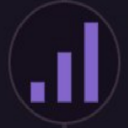-
 bitcoin
bitcoin $99177.955738 USD
-7.32% -
 ethereum
ethereum $3187.183061 USD
-12.38% -
 tether
tether $0.999809 USD
0.00% -
 xrp
xrp $2.117933 USD
-9.42% -
 bnb
bnb $906.710033 USD
-9.17% -
 solana
solana $149.367737 USD
-10.74% -
 usd-coin
usd-coin $0.999816 USD
0.01% -
 tron
tron $0.281498 USD
-0.38% -
 dogecoin
dogecoin $0.156292 USD
-8.00% -
 cardano
cardano $0.500744 USD
-10.19% -
 hyperliquid
hyperliquid $38.087358 USD
-4.58% -
 chainlink
chainlink $14.097831 USD
-8.54% -
 bitcoin-cash
bitcoin-cash $463.329916 USD
-9.22% -
 ethena-usde
ethena-usde $0.999078 USD
-0.01% -
 unus-sed-leo
unus-sed-leo $9.475862 USD
-0.79%
Kraken currency leverage trading tutorial
Kraken's seamless currency leverage trading platform enables traders to magnify market exposure and potential returns while prioritizing risk management through customizable leverage levels and real-time position updates.
Nov 09, 2024 at 09:43 am
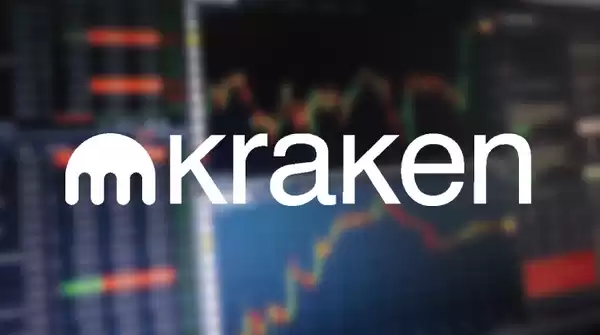
Leverage trading refers to a type of financial strategy that enables traders to magnify their market exposure and potential returns by borrowing funds. By utilizing leverage, traders can trade with a larger position size than what their capital would ordinarily allow. However, it is crucial to note that while leverage magnifies potential profits, it correspondingly amplifies potential losses.
Step 1: Choosing an Appropriate Leverage LevelKraken provides a seamless and comprehensive trading platform for currency leverage trading. The first step involves selecting an appropriate leverage level. Kraken offers customizable leverage options, ranging from 2x to 50x. It is recommended to commence with a conservative leverage level, such as 2x or 5x, until a thorough understanding of leverage trading is developed.
Step 2: Funding Your Trading AccountOnce a leverage level is chosen, the trading account must be funded. Kraken supports a wide range of funding methods, including cryptocurrency deposits, wire transfers, credit card payments, and stablecoin deposits.
Step 3: Placing a Leverage Trading OrderTo place a leverage trading order, log in to your Kraken account, navigate to the "Margin Trading" section, and select the desired currency pair. Input the trade parameters, including the order type (market, limit, or stop), the leverage level, and the position size. Carefully review the order details before confirming the trade execution.
Step 4: Monitoring Trading PositionsAfter placing a leverage trading order, it is crucial to persistently monitor the position. The Kraken platform provides real-time updates on open positions, including profit/loss calculations and margin utilization levels. Diligent monitoring allows traders to make informed decisions regarding position management.
Step 5: Managing RiskRisk management is a paramount aspect of leverage trading. Traders must employ stop-loss orders to limit potential losses if the market moves against their position. Additionally, maintaining a healthy margin balance is essential to avoid margin calls.
Step 6: Closing Leverage Trading PositionsTo close a leverage trading position, navigate to the "Margin Trading" section of the Kraken platform and select the relevant position. Choose the appropriate order type (market, limit, or stop) and input the desired parameters. Once the order is executed, the position will be closed, and the profit or loss will be realized.
Step 7: Understanding Margin CallsWhen utilizing leverage, it is essential to understand margin calls. A margin call occurs when the equity in a trading account falls below a specified threshold. In such circumstances, the trader may be required to deposit additional funds or close positions in order to maintain the minimum margin requirement.
Step 8: Avoiding Common PitfallsAvoid common pitfalls associated with leverage trading. These include:
- Over-leveraging: Employing excessive leverage can lead to significant losses.
- Ignoring risk management: Failing to utilize stop-loss orders and maintaining a sufficient margin balance can result in severe losses.
- Emotional trading: Refrain from making trading decisions based on emotions.
- Lack of knowledge: Adequately comprehend the risks and mechanics of leverage trading before engaging in it.
- Insufficient training: Before venturing into leverage trading, gain a thorough understanding of trading strategies and market dynamics through education and practice.
Disclaimer:info@kdj.com
The information provided is not trading advice. kdj.com does not assume any responsibility for any investments made based on the information provided in this article. Cryptocurrencies are highly volatile and it is highly recommended that you invest with caution after thorough research!
If you believe that the content used on this website infringes your copyright, please contact us immediately (info@kdj.com) and we will delete it promptly.
- Bitcoin's Wild Ride: Saylor, Kiyosaki, and the Quest for $200K
- 2025-11-05 10:50:13
- Culex, Cardano, and Aster: A Crypto Cocktail of Mosquitoes, Dips, and CZ Fuel
- 2025-11-05 11:00:17
- Crypto Presales, Coin Growth, and Established Coins: Navigating the 2025 Buzz
- 2025-11-05 11:00:17
- La Culex, Crypto Investment, and Pudgy Penguins: A NYC Perspective
- 2025-11-05 10:30:13
- Zcash Defies Crypto Crash: Reversal Risk on the Horizon?
- 2025-11-05 11:00:01
- Score Big with BetMGM: NBA, NFL, and the TOP150 Bonus Code
- 2025-11-05 08:50:13
Related knowledge
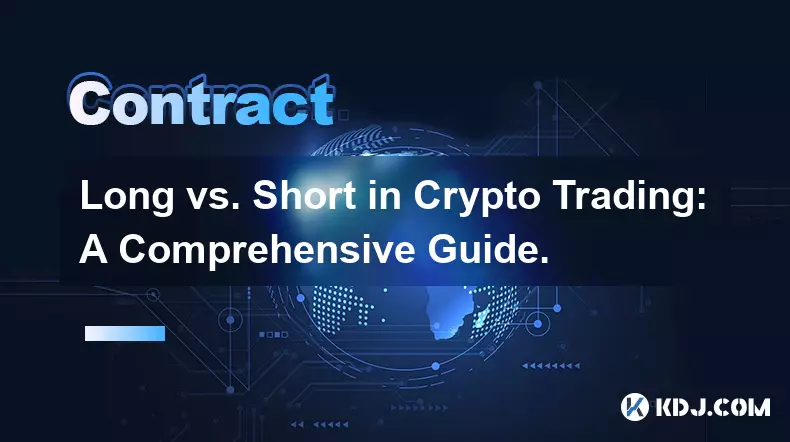
Long vs. Short in Crypto Trading: A Comprehensive Guide.
Nov 04,2025 at 07:39pm
Understanding Long and Short Positions in Cryptocurrency Markets1. In crypto trading, taking a long position means buying a cryptocurrency with the ex...

The 2025 Guide to Profitable Crypto Futures and Derivatives Trading.
Nov 01,2025 at 07:39pm
Understanding Crypto Futures and Derivatives in 20251. Crypto futures are financial contracts obligating the buyer to purchase, or the seller to sell,...

Navigating a Bear Market: Shorting Strategies for Crypto Futures.
Nov 03,2025 at 07:18pm
Understanding Bear Market Dynamics in Crypto1. A bear market in the cryptocurrency space is characterized by prolonged price declines, often driven by...
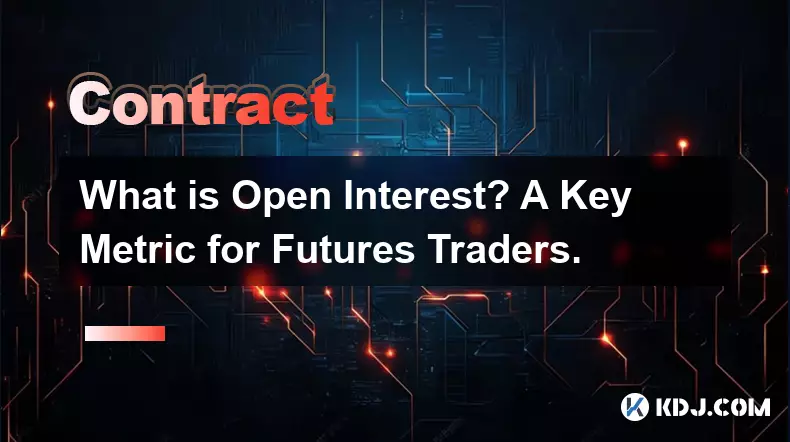
What is Open Interest? A Key Metric for Futures Traders.
Nov 03,2025 at 11:18pm
Understanding Open Interest in Cryptocurrency Futures1. Open interest refers to the total number of active futures contracts that have not been settle...

How to Trade Crypto Futures on Bybit: A Complete Walkthrough.
Nov 04,2025 at 10:50pm
Setting Up Your Bybit Account for Futures Trading1. Visit the official Bybit website and click on the 'Sign Up' button to create a new account. Provid...
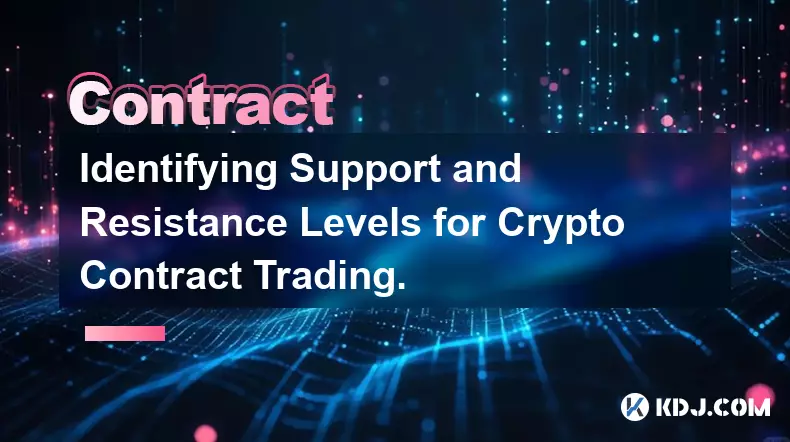
Identifying Support and Resistance Levels for Crypto Contract Trading.
Nov 04,2025 at 06:15pm
Understanding Support and Resistance in Crypto Markets1. Support and resistance levels are foundational concepts in technical analysis, especially wit...

Long vs. Short in Crypto Trading: A Comprehensive Guide.
Nov 04,2025 at 07:39pm
Understanding Long and Short Positions in Cryptocurrency Markets1. In crypto trading, taking a long position means buying a cryptocurrency with the ex...

The 2025 Guide to Profitable Crypto Futures and Derivatives Trading.
Nov 01,2025 at 07:39pm
Understanding Crypto Futures and Derivatives in 20251. Crypto futures are financial contracts obligating the buyer to purchase, or the seller to sell,...

Navigating a Bear Market: Shorting Strategies for Crypto Futures.
Nov 03,2025 at 07:18pm
Understanding Bear Market Dynamics in Crypto1. A bear market in the cryptocurrency space is characterized by prolonged price declines, often driven by...

What is Open Interest? A Key Metric for Futures Traders.
Nov 03,2025 at 11:18pm
Understanding Open Interest in Cryptocurrency Futures1. Open interest refers to the total number of active futures contracts that have not been settle...

How to Trade Crypto Futures on Bybit: A Complete Walkthrough.
Nov 04,2025 at 10:50pm
Setting Up Your Bybit Account for Futures Trading1. Visit the official Bybit website and click on the 'Sign Up' button to create a new account. Provid...

Identifying Support and Resistance Levels for Crypto Contract Trading.
Nov 04,2025 at 06:15pm
Understanding Support and Resistance in Crypto Markets1. Support and resistance levels are foundational concepts in technical analysis, especially wit...
See all articles








































































